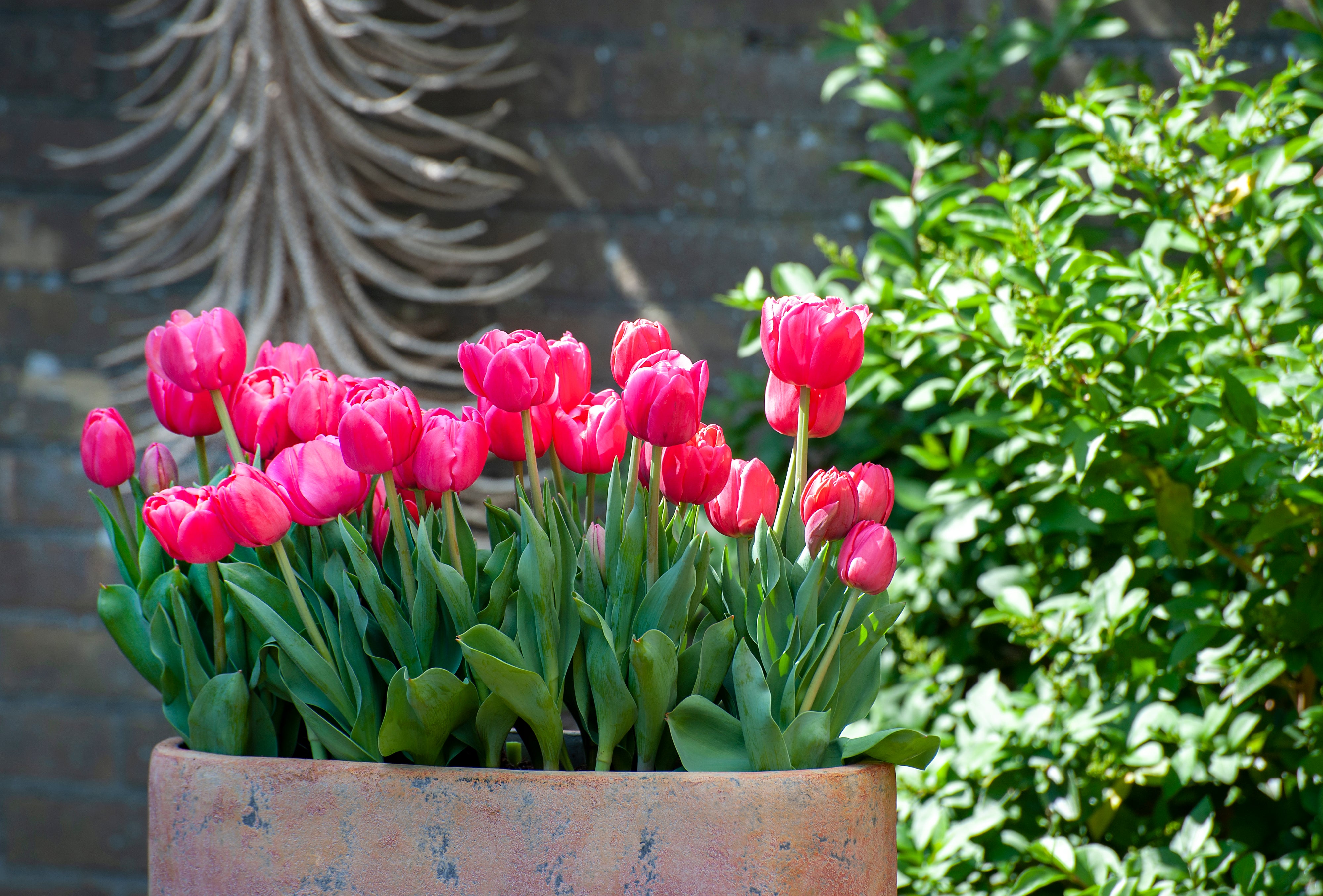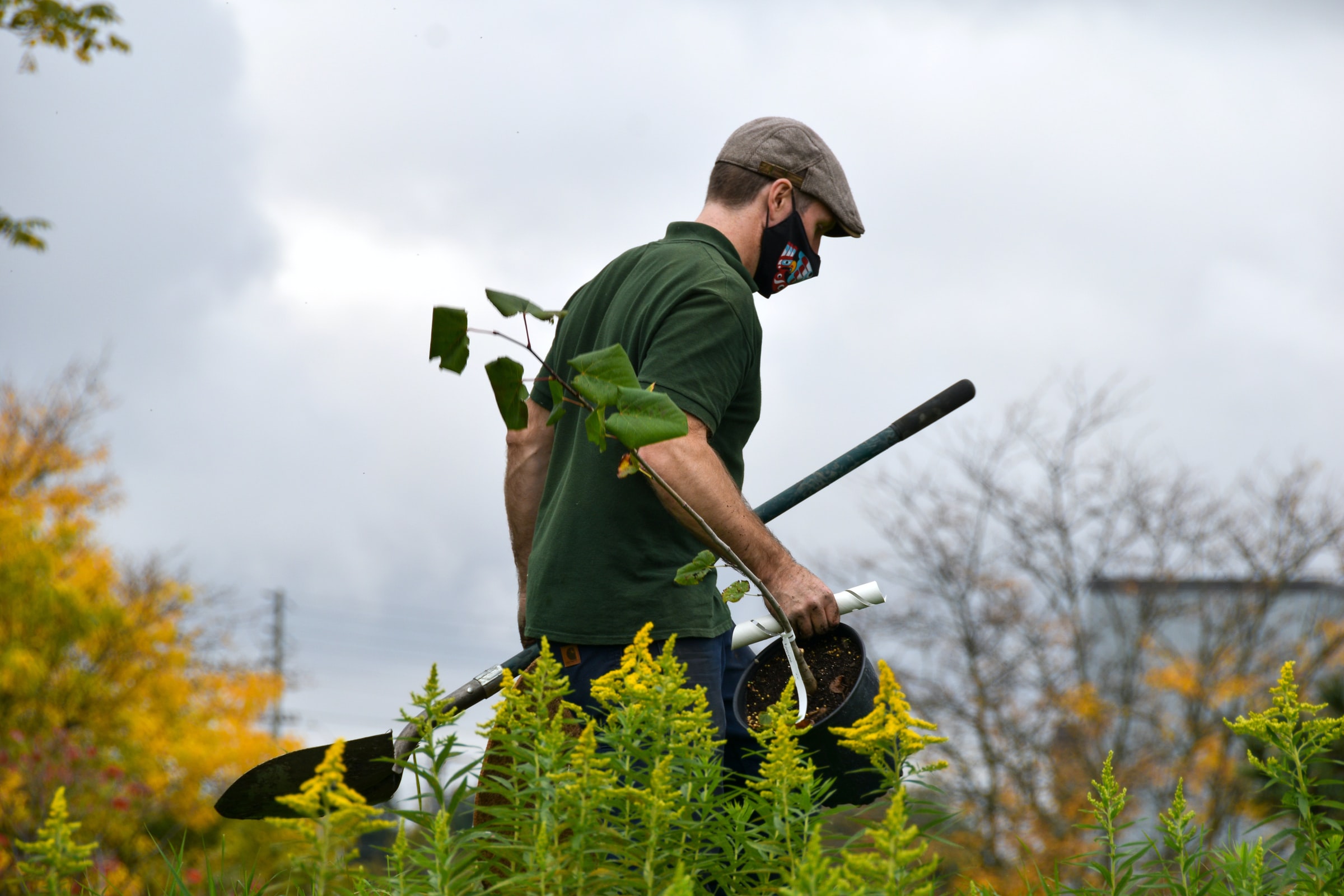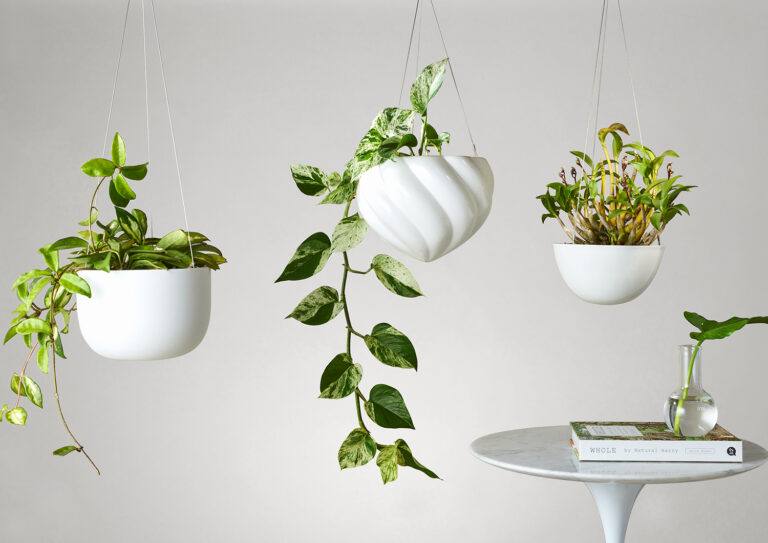The tulip (Hibiscus rosa-sinensis) is a bulbous flower belonging to the genus “Tulipa” and to the family “Liliaceae”. The name tulip is used to refer to practically all species of the genus tulipa, which can be found in numerous types. Its recognition as such dates from the 16th century and is currently one of the most popular flowers in the world, with sales that can only be surpassed by that of roses.
Basic Tulip Care
The tulip is a highly commercial flower, but many are encouraged to grow it in their gardens. However, it requires special care and a lot of dedication.
To get started in its cultivation, you can buy flower bulbs, the same ones that are sold in flower shops or in specialized centers. It is important that you check your purchase well to make sure it does not have fungi or dry. The size of the bulb will also give an idea of how big the flower can get.
The next step is to store the tulip bulb in a cool place until planting. Ideally, they should not be exposed to direct sun, but they should not be in extreme cold either. This process of conservation of the bulb is important because it allows the flower to be planted in the best time of year for this purpose, autumn, and thus not suffer the inclement weather in its growth.

Already in autumn, it is recommended to look for a light soil that can retain moisture, without becoming flooded. Don’t plant them in direct sunlight because that can spoil flowering.
The plant process is simple: after preparing the soil, the bulb is planted to a depth of 25 centimeters and then covered with soil. The tip of the bulb should be facing up, and the bulbs should be at least
10 centimetres apart from each other. They can also be planted in pots that are at least 15 centimeters in diameter.
Now comes the most important thing: watering and care. The tulip requires moist soil without it being flooded. Also, the ground should not be excessively cold. It is also not recommended to put fertilizers when the bulb is already planted. If you want to use compost, you must prepare the soil first. These flowers usually only need the nutrients from the soil.
If you have your tulips outdoors, avoid being affected by direct cold air. If you have them in a pot, you can take them indoors when the plant is almost 8 centimeters. When the tulip is a little bigger you can add a little fertilizer for flowering plants. This will give you strength.

When the tulip is a little bigger you can add a little fertilizer for flowering plants. This will give you strength. Harvest your tulips carefully. Remember that it is recommended to always cut them at 45 degree angles. Tulip bulbs can give you up to three batches of flowers, but dig up and change them every year. If your tulips have withered, it is recommended to trim them from the base to allow the flower to renew itself.
Medicinal Uses of Tulips
- In Europe, the tulip not only achieved fame as a decorative flower, but also as a pain reliever in case of stomach ailments.
- For example, tulip leaf tea is recognized as a powerful laxative for stomach aches. It is especially recommended for women, without neglecting specialized medical care.
- The seeds of the tulip, mainly of its variant known as “China Rose”, are used to combat bad breath. Just chew them. Another use indicates that by making plasters with them, skin irritations can be treated.

- In the case of the root, it is used to make hair baths, improving its appearance and health.
- Finally, it is also said that the infusion of this flower can increase sexual desire, which is why some use it as an invigorating before intercourse.
- It should be remembered that the use of plants as medicine to treat various ills should not replace consulting a doctor. Natural medicine can be a support for the treatment of various ills without replacing the specialized work of those who studied to save lives.
Additional Information on Tulips
- Tulips are the third best-selling flower in the world, being especially required for gifts because of their elegance.
- During the 17th century, artists chose to use these flowers to accompany still lifes in their paintings. Nowadays it is common to see them in paintings.
- The changes in shades that the tulip has undergone in recent years were the product of a virus that gave rise to new varieties and colors. The evil was kept in check and eventually came to be taken advantage of by the cultivators.
- Unlike many flowers, tulips continue to grow even when cut. So if they give you a bouquet, you can see this wonder.
- Tulips generally have one flower per stem, but the flowering of up to four tulips on the same stem has also been documented.
- The tulip is the symbol of the perfect lover, of passion and romanticism, according to popular culture.
- Squirrels and rabbits can eat tulips, becoming a danger to the crops of this flower.


